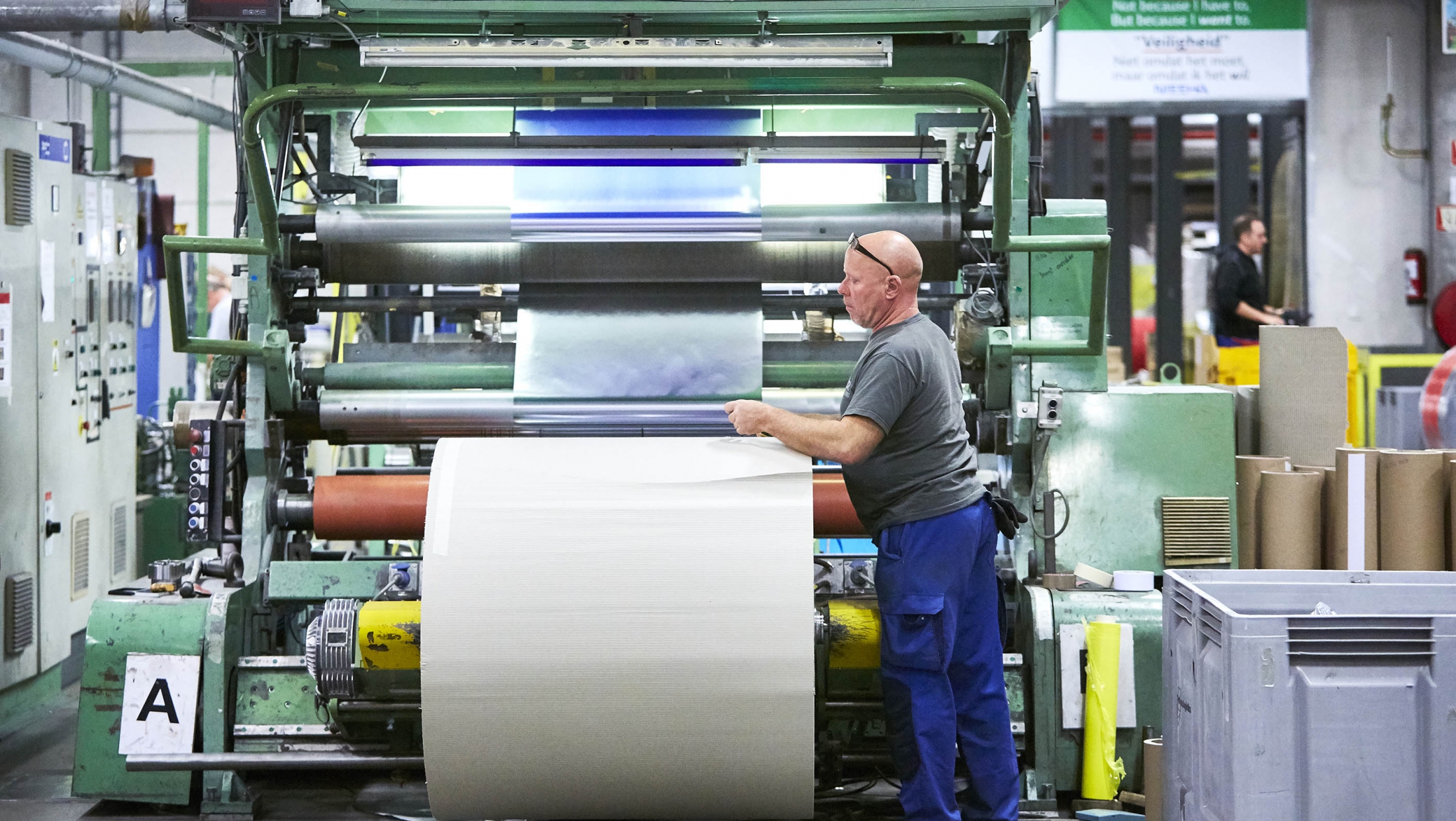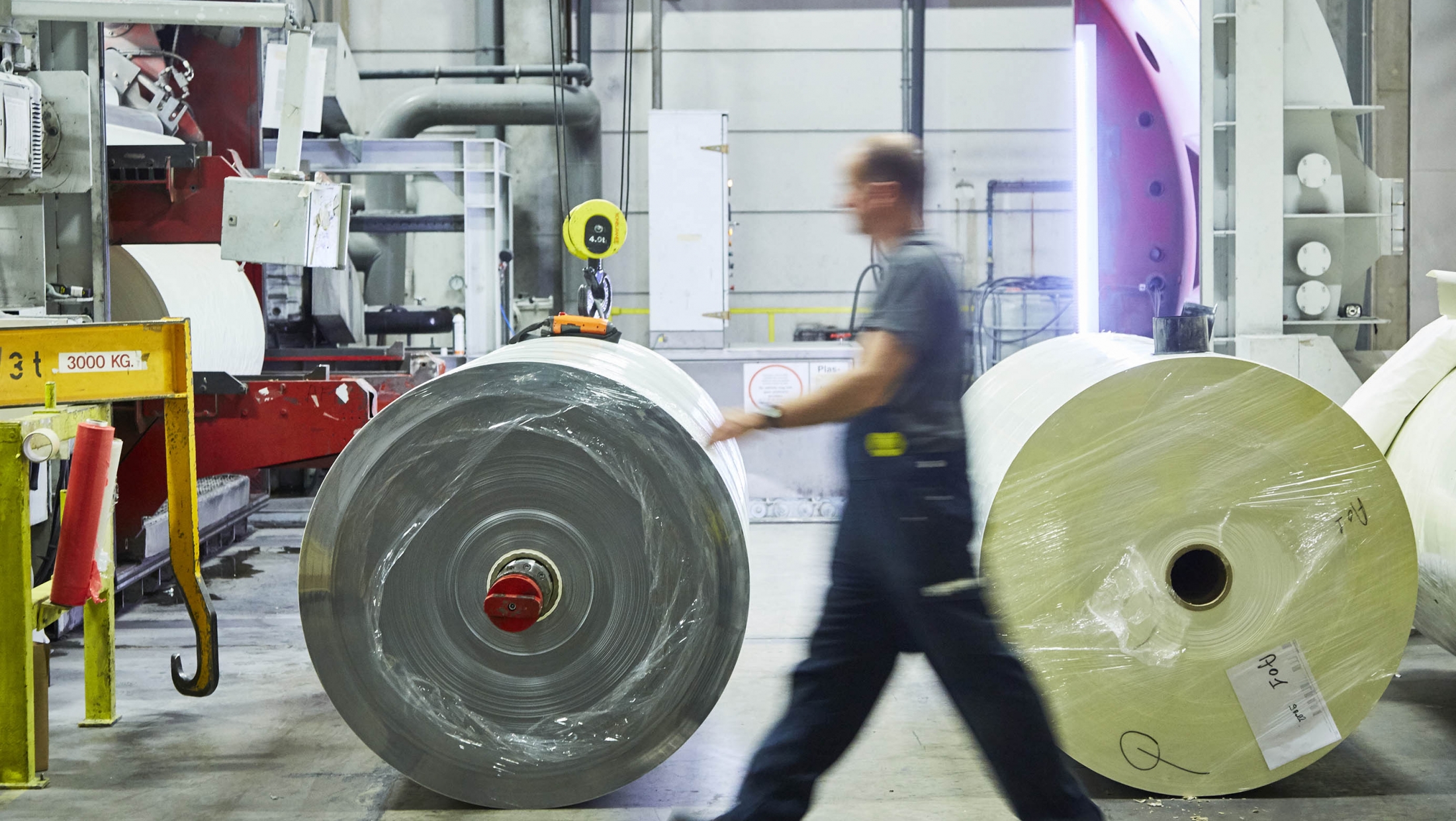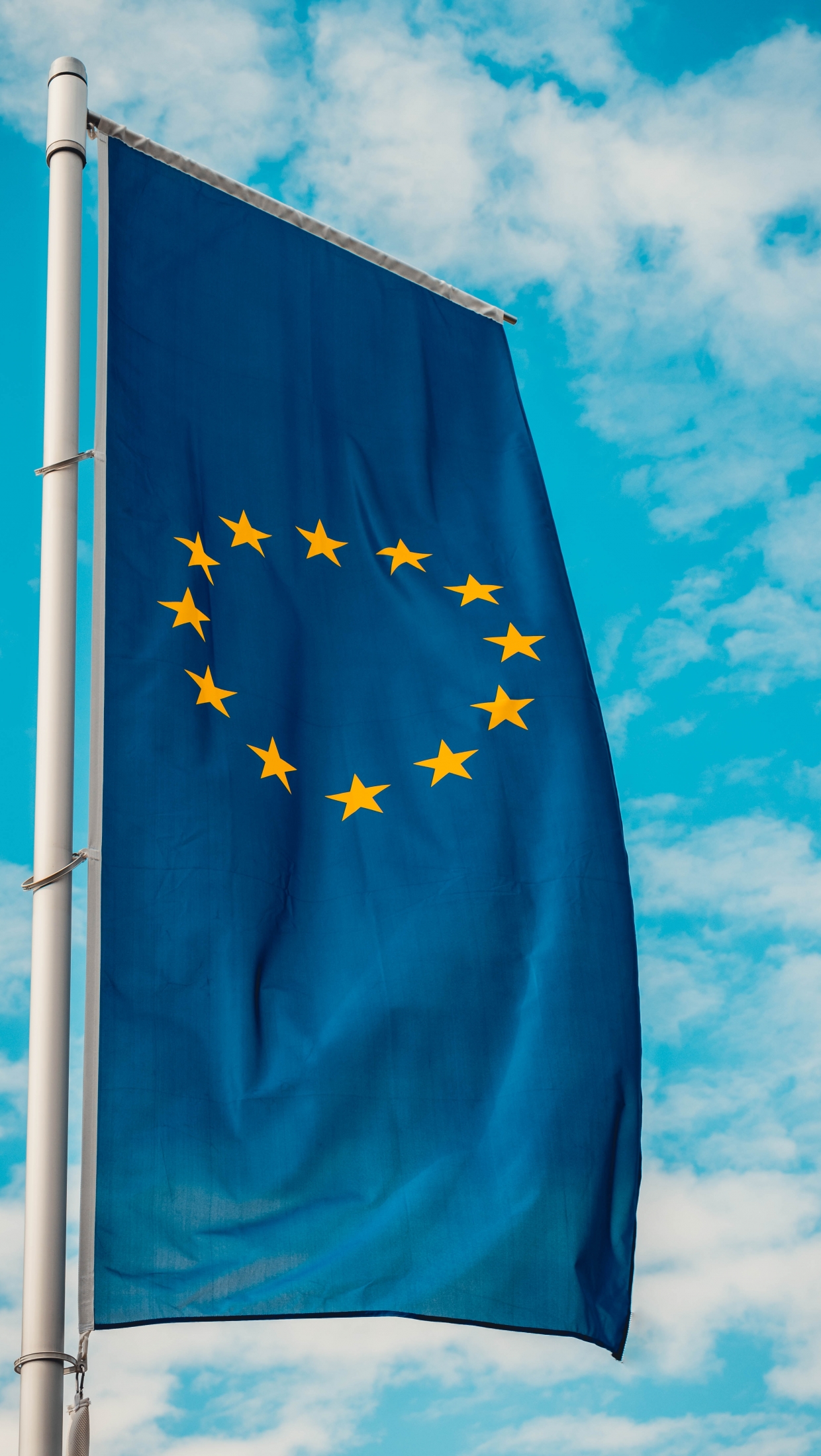EU targets for recyclable packaging materials
What do EU targets for recycling mean for the future of the packaging industry in Europe?
EU targets for recyclable packaging materials are nothing if not ambitious. The EU's legislation, which entered into force in 2018 requires that 65% of yearly municipal waste be recycled by 2035, and recycling rates for packaging waste must hit 70% by 2030 – now just a decade away.
It's here that the EU has been especially determined. Of all packaging waste, the EU has stipulated that it wants to see member countries recycle 85% of paper and cardboard packaging within the next ten years.
While meeting the targets is expected to be demanding, most countries are well on their way, and brands operating in Europe have embraced the change. Because paper and cardboard recycling infrastructure is already so well set up and efficient in Europe, brands have identified them as ideal packaging materials.
The EU reports that in 2016, 67.1% of packaging waste was recycled. By 2017 (the most recent records) Germany, Austria, Slovenia, Belgium and the Netherlands were countries that came out on top in the best performing countries with between 68% and 54% of municipal waste recycled or composted – a large part of this will be cardboard and paper.
So where does that leave the future packaging in Europe?
In Europe, there is growing enthusiasm at the level of brands, but also from consumers. If you buy a new TV, people generally understand that putting the cardboard box in the bin for regular trash is wasteful, and it should be recycled. This difference in mindset has become engrained in people's consciousness, and there has been a massive change in Europe over the last fifteen years or so: for some countries, recycling was non-existent until relatively recently. Take Lithuania as an example: back in 2004 they were recycling or composting just 2% of their municipal trash. By 2017, that was just under 50%. In terms of progression, such a change in a relatively short time is incredible, and we will possibly see similar trends emerge as brands and consumers unite in the quest to embrace more sustainable packaging.
Change isn't always easy, however, particularly when it comes to packaging. With most companies looking to move away from heavy reliance on plastics, some brands have hit bumps in the road during initial tests. Just this week, a popular supermarket in the UK announced that its trial of selling loose fruit and veg (rather than plastic packed) had led to a 30% fall in sales, and the company was exploring other options rather than rolling out the initiative to other stores.
Overall, companies will need to test what works for their brand, and there is unlikely to be a 'one-size-fits-all' solution. Brands that are testing and publicly discussing the results of these changes should be applauded for their efforts, even if they are not all out successes. Open dialog around testing, trials and what has worked – or not worked – will undoubtedly shape the future of packaging and help bring more sustainability to the industry.


